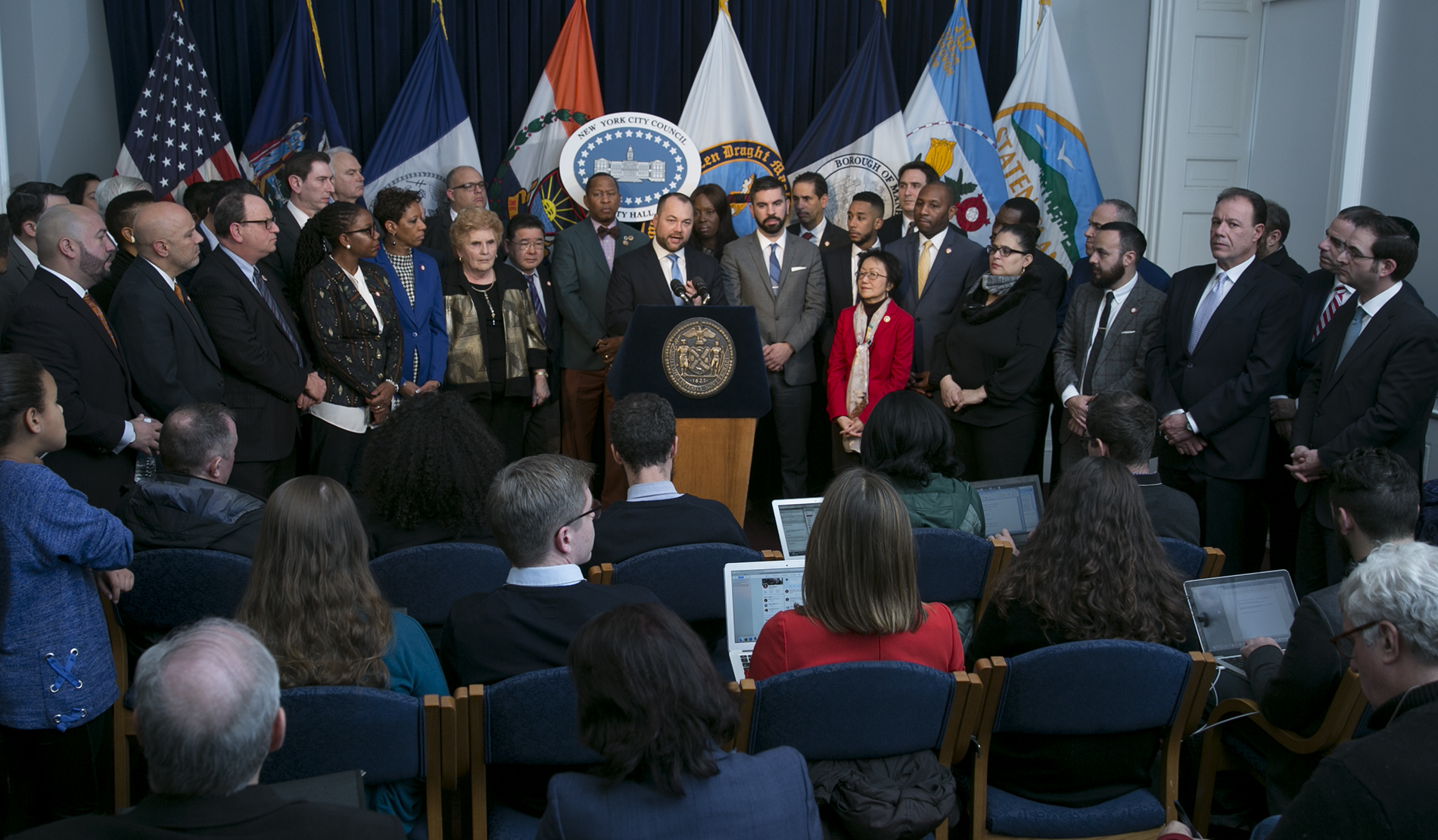Executive Summary
One of the central planning challenges of the 20th century was how to incorporate the automobile – a new mode of travel – within dense cities that were not built to accommodate them. The resulting collision of auto-oriented infrastructure with cities is a conflict that many American cities have never fully recovered from, with highways destroying the very qualities that make cities so special and creating a new set of challenges around environmental sustainability, equity, and safety.
We live everyday with the costs and risks of this legacy infrastructure through poor air quality, divided communities, traffic violence, visual blight, and noise pollution – costs which depress economic and social opportunities and disproportionately fall on environmental justice communities. And yet, along the Brooklyn-Queens Expressway (BQE) we as a City are proposing to replace this highway infrastructure in kind? In so doing, not only are we out of step with our own goals, we are re-imposing the burdens that were ignored when we built the highway system in the first place.

Can we do better?
Other American cities – San Francisco, Seattle, and Boston – have more intentionally and aggressively tried to undo the mistakes of an auto and highway centric view of mid-century planning. And New York embraces bold solutions when there has been vision, ambition, and good design: the replacement of the collapsed West Side Highway (1973) with a new surface street and Hudson River Park, the creation of the Times Square pedestrian plaza (2009), and the reimagined Sheridan Boulevard (2019), among other examples.
Why should the Brooklyn-Queens Expressway be any different?
A stretch of the BQE – the triple cantilever between Atlantic Avenue and Sands Street in Brooklyn – is in desperate need of repair. As a critical route for the movement of people and goods, the BQE cannot just be removed, and we cannot delay in its replacement.
How can we use this opportunity to rethink not just the triple cantilever, but the entire I-278 corridor to achieve a range of goals beyond just moving over 150,000 vehicles a day through our dense and vibrant city?
In an effort to answer these question the City Council commissioned Arup – a leading design and engineering firm – to help clarify viable design and policy solutions that would create a path forward for this beleaguered project.
After months of careful study, Council and Arup have identified recommendations for the triple cantilever – where the need to fix the highway is most acute – that can be applied to the corridor to reflect the convictions and values we have today about the kind of city we want in the future.
How do we get there?
The Council believes the following ingredients are essential to the success of the project:
- A Real Governance Strategy
A City-State partnership that moves us beyond the gridlock and enables a better project. - A Shared Vision for the Future
We need to convene key stakeholders and create a consensus approach – we’re not expecting unanimity. - Genuine Community Engagement
A process that includes neighborhoods from conception to completion. - Sophisticated Physical Planning and Engineering
Design solutions that solve multiple policy objectives while correcting past mistakes. - New Funding Approaches
Financing that enable investment in the City’s future.
The money, time, and disruption that would have resulted from the construction method put forth by New York City Department of Transportation in September 2018 requires that we seriously consider alternatives that have previously been dismissed by the State and City.
Only by working across governmental and agency divides can we build a better project that incorporates best practices, provides opportunities for improved public spaces, and internalizes current externalities – air quality, access across barriers and to open space, noise, pollution, health, and safety – through a major capital investment.
Working with Arup the Council evaluated seven physical planning options and narrowed them down to two preferred scenarios that range in scale and ambition. Much more detail about our analysis is in this report, but the conclusion is that for the stretch of the cantilever we need to advance one of the approaches the Council has identified as viable options:
- Scenario 1 – Capped Highway: This scenario is based on the Mark Baker Tri-Line and Bjarke Ingels Group Brooklyn-Queens Park concepts, in which the highway is reconstructed at-grade and then capped with an expansion of Brooklyn Bridge Park.
- Scenario 2 – Tunnel Bypass with Surface Boulevard: Construct a bypass tunnel from the Gowanus Expressway to Bedford Avenue in South Williamsburg, allowing for the reconstruction of the BQE from Cobble Hill to Clinton Hill as a surface street and new open space, transforming the entire area.
So how do we move this work forward?
- Pass legislation in Albany this session (by June 2020) to create a new I-278 corridor governing body which, as a first step, should focus on implementing one of the two approaches described above.
- The legislation should create equal partners in the City and State, and identify broad goals for the corridor related to transportation, community engagement, the public realm, and sustainability.
- The new governing body must begin its work in haste.
- Create a robust regional transportation model to aid in the assessment of alternatives, and to test various road pricing schemes and other demand management strategies to create a viable pathway to a smaller future roadway for the entire corridor.
- Work with State and City partners to identify a corridor wide phasing plan to identify subsequent segments of the BQE that will need to be replaced. The plan should integrate current work with the long-term vision.
- Create design guidelines and standards for the corridor that align with the vision and can help communities shape local decision making and replacement schemes as their segment of the BQE is reconstructed.
- Maintain safe operations of the triple cantilever for the near-term.
- Continue to monitor the structure and do necessary maintenance and repair work.
- Work with State elected officials to implement automatic enforcement of overweight vehicles using weigh in motion (WIM) technology and cameras.
- Convert the roadway to two-lanes in each direction consistent with what the Mayor’s panel on the BQE recommended.
This document proposes a path forward for the immediate and long-term needs of the BQE, aspiring for a better highway that does more than just move people and goods between places, but also unites communities and creates a model for the large-scale replacement of legacy infrastructure in New York City. The time to act is now.
